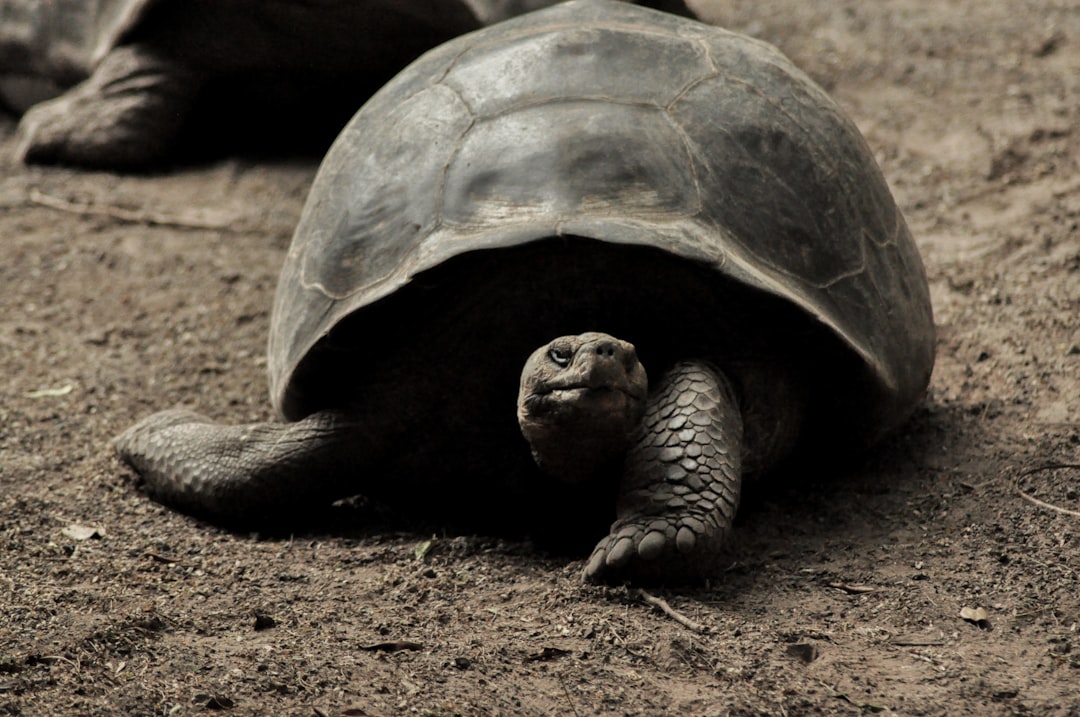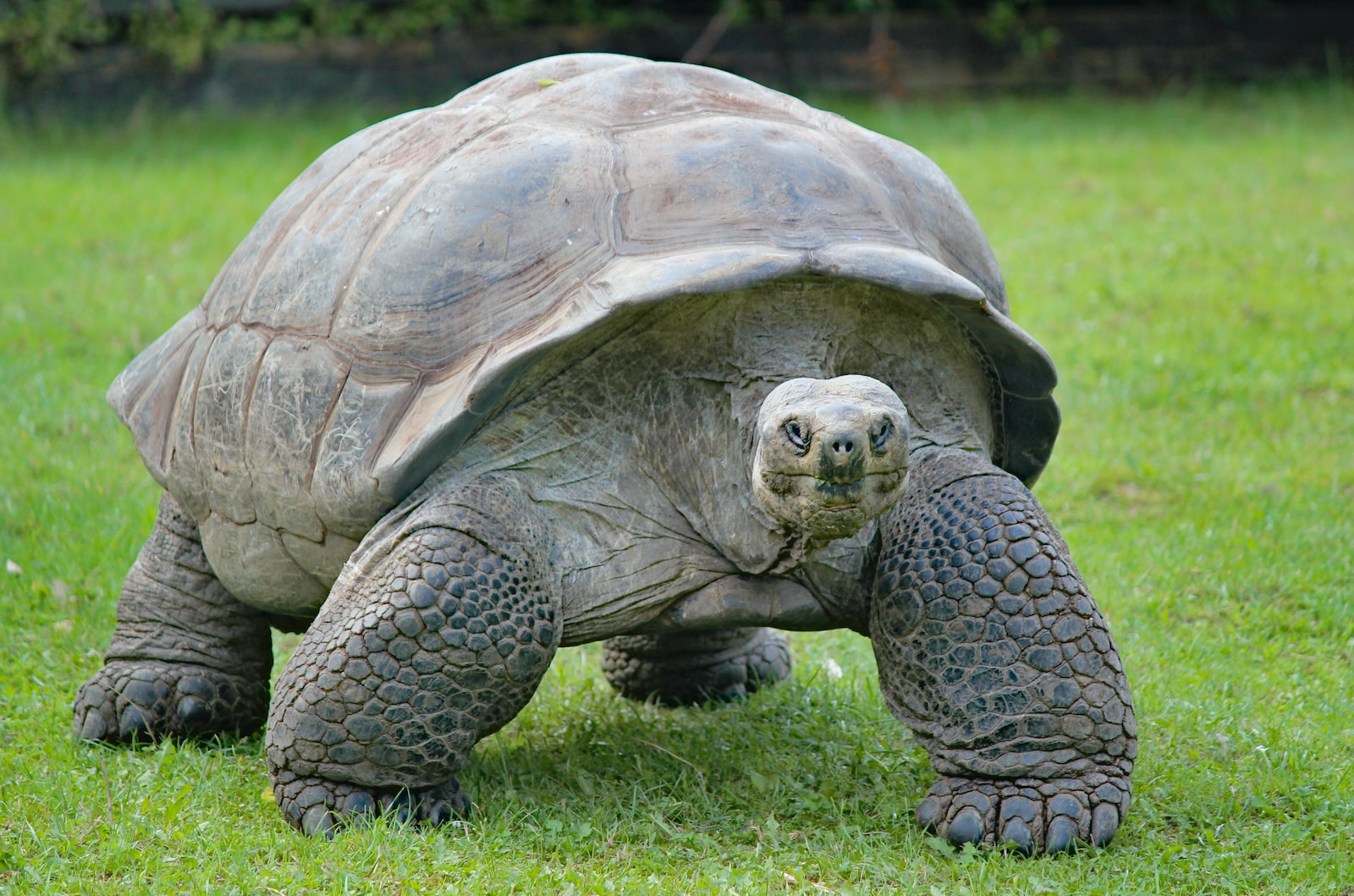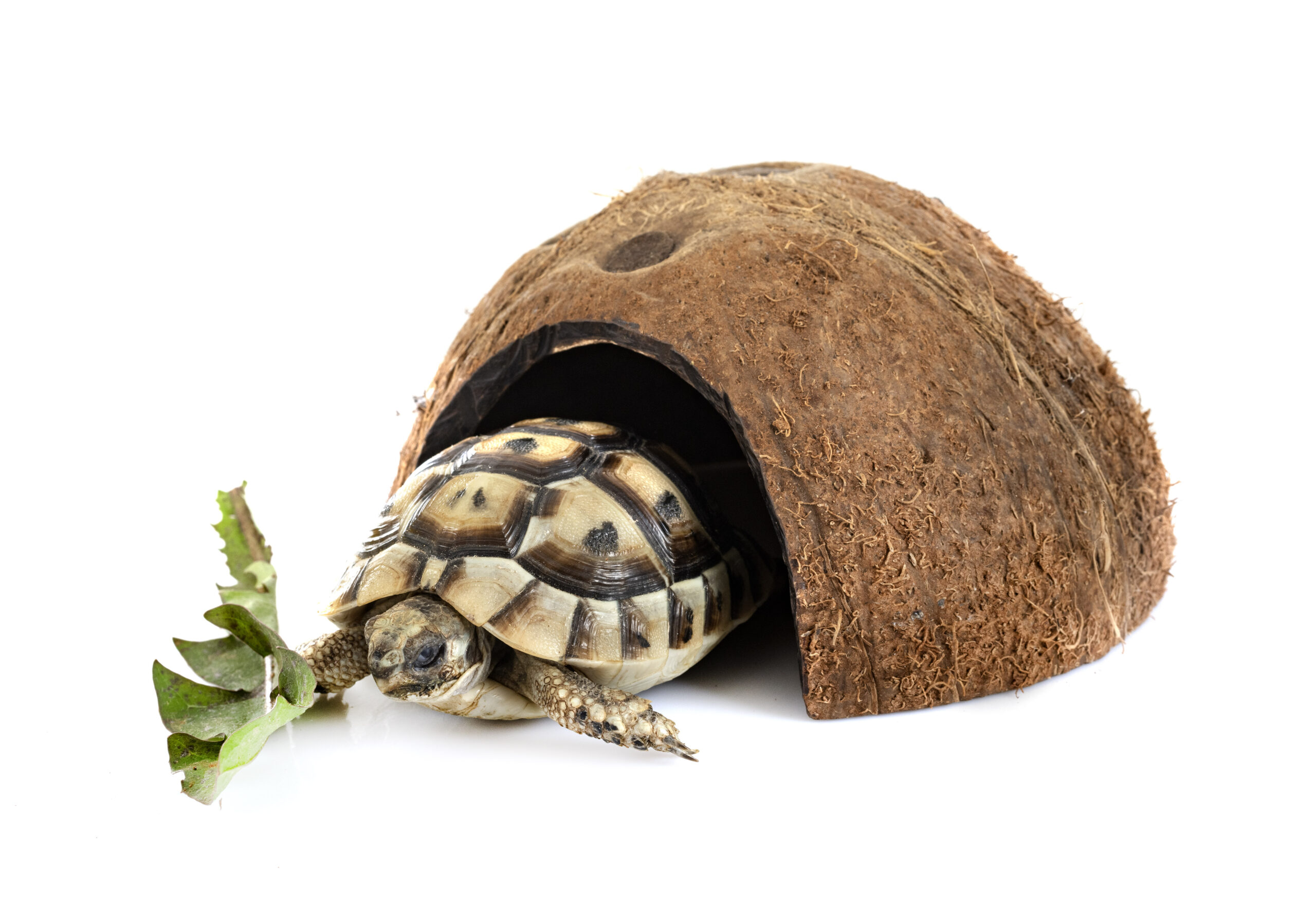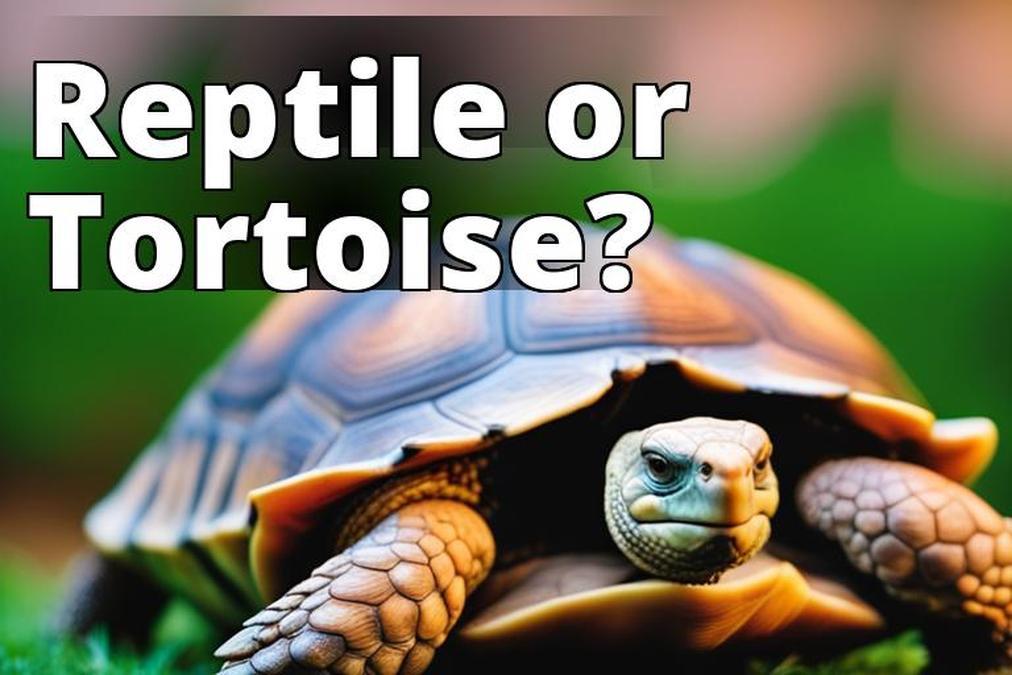An in-depth exploration of the Galapagos tortoise, covering its physical characteristics, behavior, conservation efforts, threats, and the significance of the Galapagos Islands in its preservation.

Galápagos Tortoise: A Unique Species of the Galápagos Islands
Galápagos tortoises are known for their remarkable adaptations to different island climates, particularly in their shell shape and size. For instance, tortoises from wet islands typically have dome-shaped shells, while those from drier islands develop saddleback shells with a high notch above the neck. These variations in shell morphology are essential for their survival in diverse environments. Furthermore, the average weight of male Galápagos tortoises exceeds 500 pounds, while females average about 250 pounds, showcasing the substantial physical characteristics of these iconic reptiles.
In addition to their physical traits, the intricacies of the honeycomb structure of their shells and the location of their lungs contribute to their unique adaptation to their environment. These features play a crucial role in their ability to thrive in the distinct ecological conditions present on the Galápagos Islands. Moreover, the variances in shell shape and size based on climate further highlight the evolutionary significance of these tortoises, demonstrating their remarkable ability to adapt to different island habitats.

Behavior and Diet
Galápagos tortoises are primarily herbivorous, with their diet consisting of grass, leaves, fruits, and cactus pads. This specialized diet reflects their reliance on the vegetation available across the diverse landscapes of the Galápagos Islands. Furthermore, the exceptional ability of Galápagos tortoises to survive for up to a year without eating or drinking is a testament to their remarkable physiological adaptations. This adaptation allows them to endure periods of scarcity and demonstrates their resilience in challenging environmental conditions.
Another fascinating aspect of their behavior is their nesting habits. Female Galápagos tortoises lay 2 to 16 eggs in a 12-inch deep sand hole, with the incubation period lasting 4 to 8 months. This reproductive strategy is crucial for the perpetuation of their species and reflects their ecological role as keystone herbivores in the island ecosystem. Additionally, their slow movement, averaging at 0.16 miles per hour, is an adaptation that aligns with their herbivorous lifestyle and contributes to their conservation by reducing the likelihood of predation and enhancing their capacity to forage for food.
Conservation Efforts
The conservation of Galápagos tortoises is a critical endeavor due to historical exploitation and the current population status of around 15,000, only a fraction of the original population. The Charles Darwin Research Station plays a pivotal role in raising captive Galápagos tortoises and reintroducing them into the wild, contributing significantly to the preservation of this species. This conservation effort is a testament to the dedication of researchers and conservationists in safeguarding the genetic diversity and ecological significance of these iconic reptiles.
Furthermore, the San Diego Zoo Wildlife Alliance’s partnership with the Charles Darwin Research Station has led to the funding of tortoise-rearing facilities and managed propagation and reintroduction programs, further enhancing conservation efforts. This collaboration underscores the importance of international cooperation in conserving endangered species and highlights the positive impact of strategic partnerships in advancing the protection of vulnerable wildlife populations. Additionally, specific conservation programs and initiatives, such as those led by the Fausto Llerana Tortoise Center, are instrumental in saving the giant tortoise population on various islands, reflecting diverse and targeted efforts to protect the species and its habitat.
Threats and Predators
Despite the resilience of Galápagos tortoises, they face significant threats from habitat destruction and illegal hunting. The main threats to adult tortoises underscore the complex challenges associated with wildlife conservation in the face of human-induced environmental changes. It is imperative to address these threats through concerted efforts to mitigate habitat destruction and enforce regulations against illegal hunting, ensuring the long-term survival of these iconic reptiles in their natural habitat.
Moreover, the identification of the Galápagos hawk as the only natural predator of the Galápagos tortoise sheds light on the intricate predator-prey dynamics within the island ecosystem. Understanding the ecological interactions between these species is crucial for implementing targeted conservation strategies that minimize the impact of natural predation on tortoise populations and maintain the delicate ecological balance of the Galápagos Islands.

Significance of the Galápagos Islands
The naming of the Galápagos Islands after the giant tortoises discovered there underscores the intrinsic connection between these reptiles and their unique island habitat. This historical association highlights the profound impact of the Galápagos tortoise on the cultural and ecological identity of the archipelago, emphasizing the irreplaceable role of these iconic reptiles in shaping the natural heritage of the region.
Furthermore, the historical significance of the islands in the context of tortoise conservation and protection efforts reflects the enduring legacy of these reptiles as symbols of resilience and biodiversity conservation. The Galápagos Islands serve as a living laboratory for evolutionary studies and exemplify the intricate relationships between endemic species and their environment, making them a global priority for conservation and scientific research.
Human Impact and Conservation Measures
The impact of human arrival on the Galápagos Islands has had far-reaching consequences for the native wildlife, including the Galápagos tortoise. The establishment of the Galápagos National Park in 1959 to protect tortoise habitat represents a significant milestone in environmental conservation, demonstrating the proactive measures taken to mitigate human impact and preserve the ecological integrity of the islands.
Moreover, the collaboration between the San Diego Zoo Wildlife Alliance and the Charles Darwin Research Station exemplifies the collective efforts of international conservation organizations in addressing the complex challenges facing the delicate ecosystems of the Galápagos Islands. This collaborative approach harnesses the expertise of diverse stakeholders to develop comprehensive conservation strategies that safeguard the unique biodiversity of the archipelago and ensure the long-term viability of Galápagos tortoise populations.
Endangered Status and Protection
The endangered or critically endangered status of many subspecies of the Galápagos tortoise underscores the urgent need for comprehensive protection measures to conserve their genetic diversity and ecological significance. The Fausto Llerana Tortoise Center’s long-term program to save the giant tortoise population on various islands reflects the dedicated efforts to repatriate young tortoises to their native habitats, contributing to the recovery of endangered populations and the restoration of their natural range.
Furthermore, ongoing conservation efforts are instrumental in protecting and repatriating young tortoises, with the Fausto Llerana Tortoise Center having repatriated over 4,000 young tortoises to their island of origin, with nearly 1,500 returning to Española. These initiatives are essential for restoring viable populations of Galápagos tortoises across their native range and exemplify the resilience and adaptability of these iconic reptiles in the face of environmental challenges.
Longevity and Life Span
The exceptional longevity of Galápagos tortoises is a testament to their remarkable biological adaptations and life history traits, with the oldest recorded individual living for 152 years. While there is limited data on their life span, their astonishing longevity underscores the importance of preserving and protecting these iconic reptiles for future generations. Moreover, the ongoing research and monitoring of wild and captive populations are essential for gaining insights into the life span and age-related characteristics of Galápagos tortoises, contributing to their effective conservation and management.
In conclusion, the Galápagos tortoise’s unique characteristics and ecological significance underscore the critical importance of ongoing conservation efforts. By supporting initiatives aimed at protecting the species and its habitat, individuals can contribute to the preservation of the Galápagos tortoise population and raise awareness about the importance of conservation. The enduring legacy of these iconic reptiles as symbols of resilience and biodiversity conservation reflects their irreplaceable role in shaping the natural heritage of the Galápagos Islands and the global conservation landscape.







